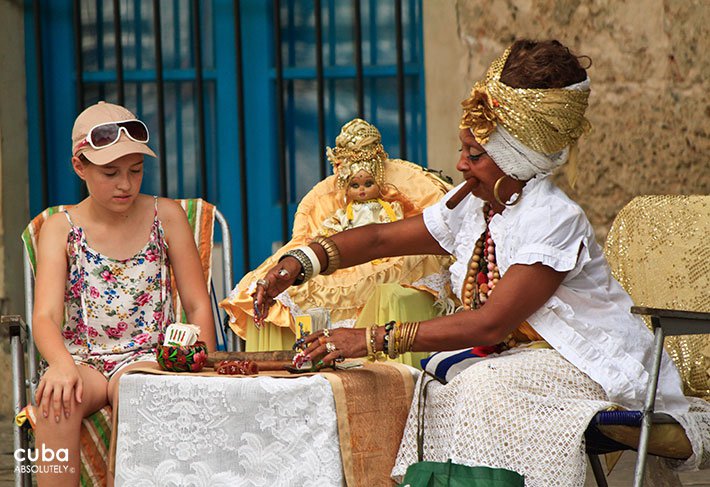
The last of the main squares to be created, this is one of Old Havana’s most beautiful spots. Originally, it was named Plaza de la Ciénaga (Swamp Square) because of its muddy terrain, but by the 18th century, it had already become one of the city’s most important squares and after it was drained and paved, wealthy families moved into the area and began building their mansions there. It finally became Plaza de la Catedral after the old Iglesia de la Compañía de Jesús was consecrated as a cathedral.
Here, the main conduit of the Zanja Real–the city’s first aqueduct, constructed between 1565 and 1592– entered a cistern to supply the Spanish fleet docking in Havana. Once the square had been drained and paved, buildings were constructed around the central space to create a dry square embellished with porticoes, which provide shade and shelter from tropical rainstorms. In addition to the cathedral, which gives the square its definitive appearance, the other three sides are taken up by the façades of 18th-century aristocratic baroque mansions, all built within a 40-year period and showing a strong architectural harmony.
With its curves and flourishes above doors and windows, the Catedral de La Habana is Havana’s finest example of 18th-century Cuban baroque. Baroque was late to arrive in Cuba, and the porous nature of the locally quarried limestone, which was embedded with coral fossils and seashells, handicapped its ornate style. Even so, Cuban writer Alejo Carpentier described the cathedral as ‘music made into stone’. On the south side of the square, across from the cathedral, is the Casa del Conde de Casa Bayona (1720), or Casa de Don Luís Chacón, the oldest house in the area and today the Museo de Arte Colonial.
The mid 18th-century Casa de Lombillo, on the eastern side of the square, is unusual in having three façades: the main one on Empedrado and the other two facing Mercaderes and the square. Today it houses the Revitalization Master Plan of the City Historian’s Office, two galleries and the magazine Opus Habana.
The Casa del Marqués de Arcos (1746) next door is a mansion that became a post office in the mid 19th century (look out for the unusual stone mask postbox in the wall). Restoration work has been hampered by severe subsidence–the square is still very marshy below the surface. The mansion’s imposing main entrance is on Calle Mercaderes; stand here to get a good view of the striking mural by Cuban artist Andrés Carillo on the opposite wall, depicting 67 important artistic, literary and intellectual figures from 19th-century Cuba standing in front of or going into a mirror image of the building, which functioned as the Liceo de La Habana for many years. Further along Mercaderes, on the right-hand side as you head towards Plaza Vieja, is a lovely tucked-away public garden, complete with bust of Hans Christian Andersen.
Back on Plaza de la Catedral, facing the Casa del Marqués de Arcos, is the Casa del Marqués de Aguas Claras, now restaurant El Patio. Built between 1751 and 1775, it boasts an exquisite inner courtyard and elegant original 18th-century stained glass on its upper-storey windows. Next door, the commercial Galería Victor Manuel occupies the former Casa de Baños (public bath house), which was built over the square’s cistern in the 19th century.
The north-west corner of the square is occupied by the 18th-century Casa de los Condes de Peñalver, which has at different times served as a post office, a bank and a school. Today, it houses the Centro de Arte Contemporáneo Wifredo Lam, one of Havana’s best art galleries.















 Baroque
Baroque





